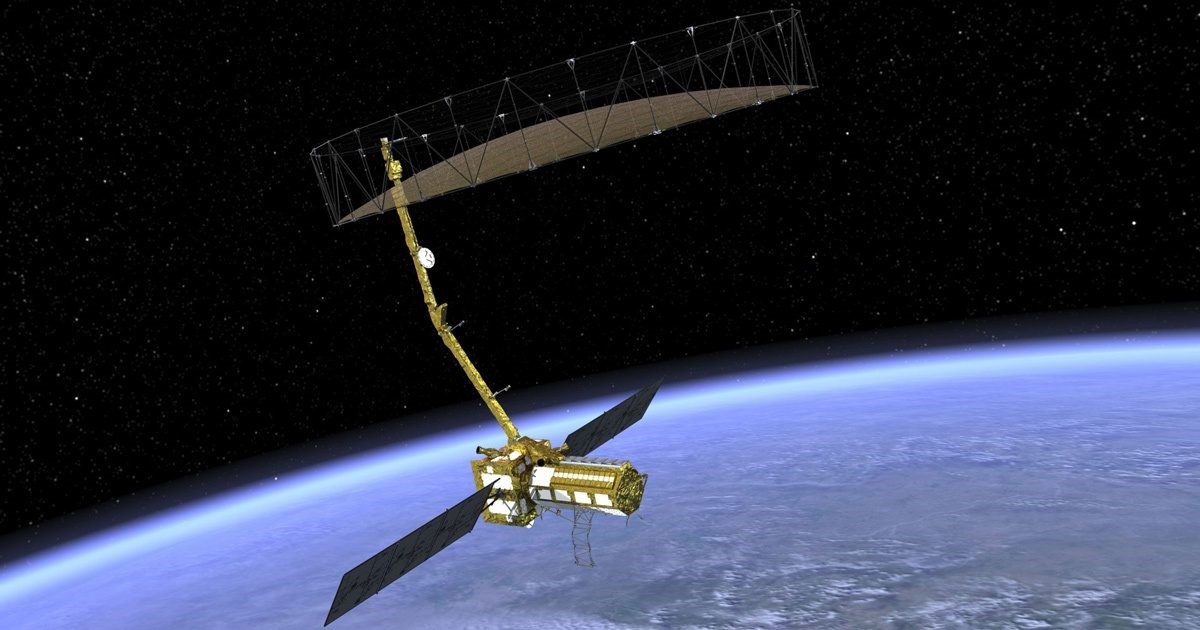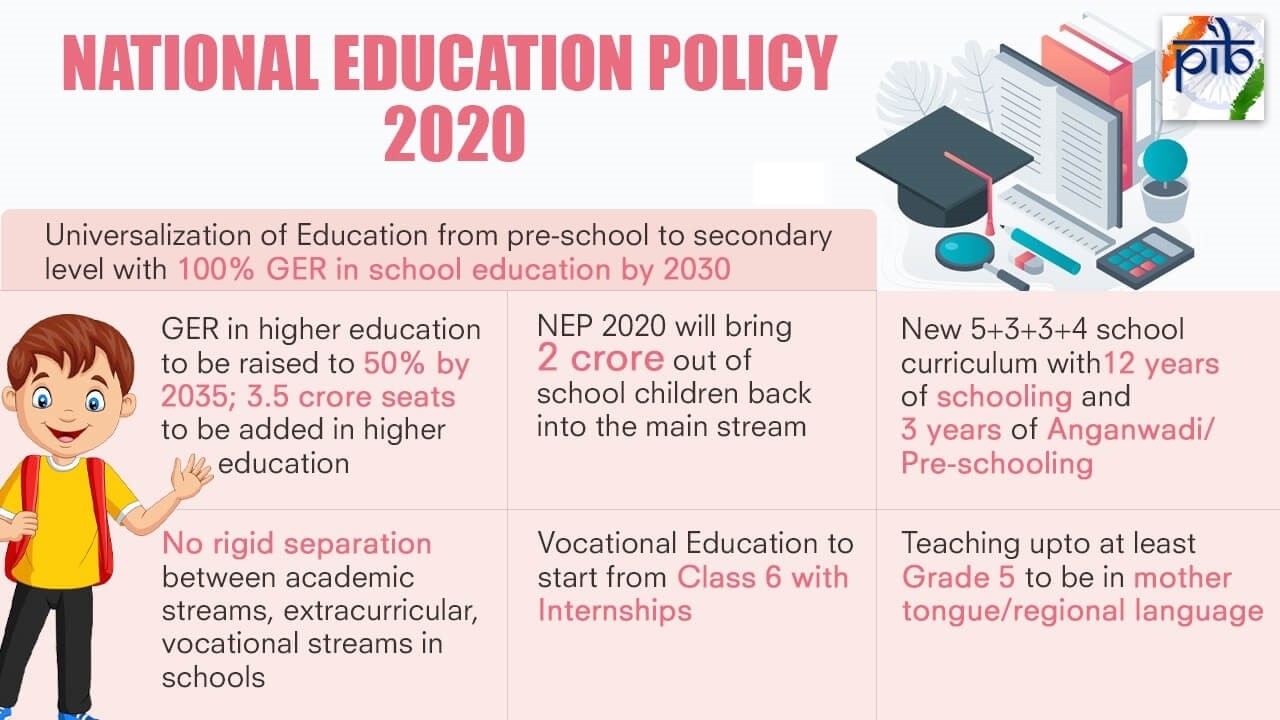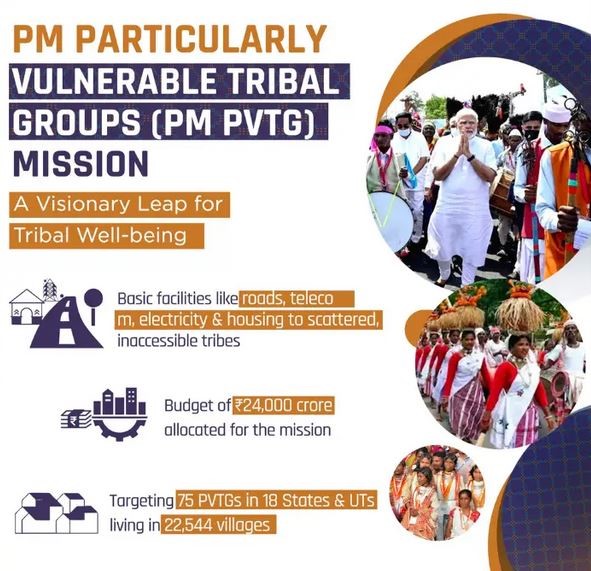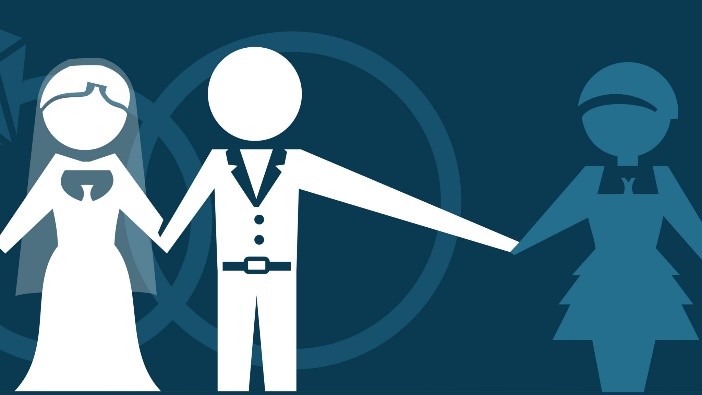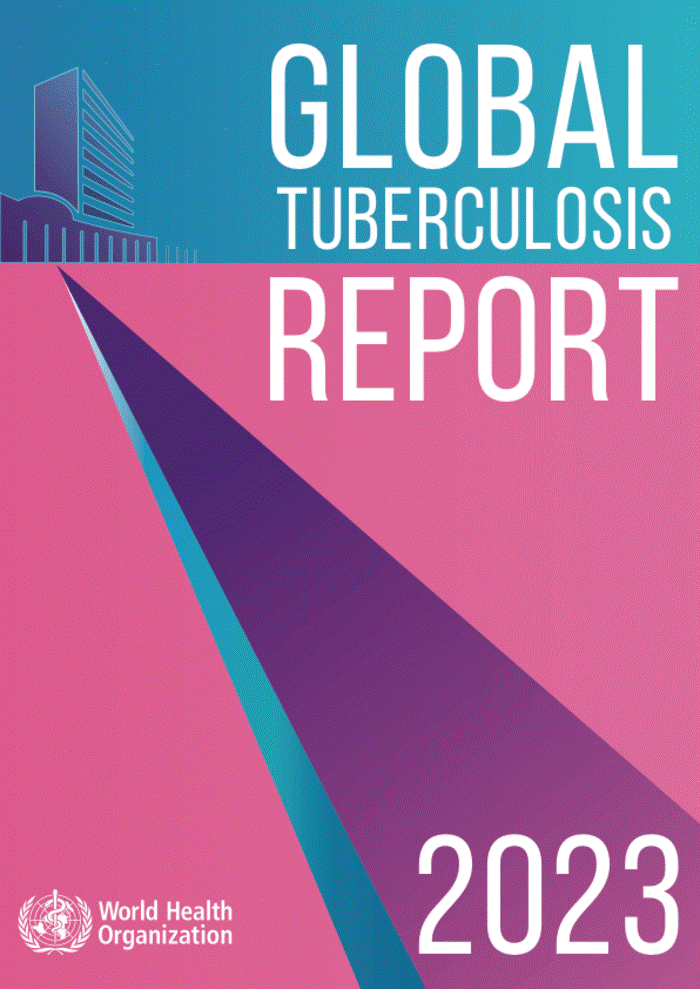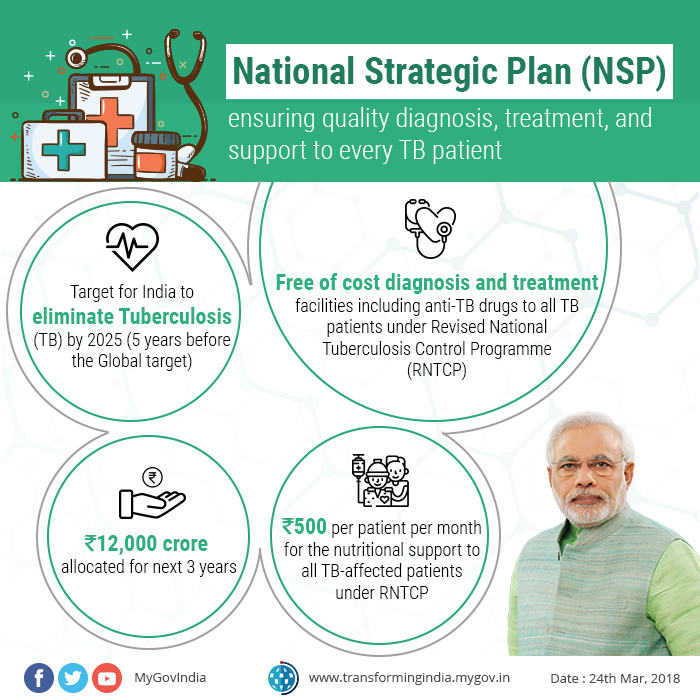NASA-ISRO NISAR Mission Prepares for Launch
Context
The NASA-ISRO Synthetic Aperture Radar (NISAR) mission, which is a joint project between NASA and ISRO, is still on track to launch in the first quarter of 2024.
About the Partnership for the NISAR Mission:
- NASA and ISRO worked together to build NISAR, a telescope in low Earth orbit that shows how countries can work together to explore space.
- Project Launch Vehicle: The project will use ISRO’s GSLV Mark-II launch vehicle, which will leave from the Satish Dhawan Space Centre in Sriharikota.
- Data Usefulness: NISAR data will provide scholars with a level of information that has never been seen before. It will help them in many ways, such as keeping an eye on volcanic activity, tracking the effects of groundwater use, measuring the rate at which ice sheets melt, and seeing changes in the distribution of plants around the world.
- Mission Duration: The $1.5-billion NISAR mission is set to last three years and will look at Earth’s land and ice every 12 days after a 90-day period of getting ready for use.
More advanced SAR technology
- Dual-Band SAR: NISAR uses the Sweep SAR method to carry both L and S dual-band Synthetic Aperture Radar (SAR), which gives both wide coverage and high-resolution data.
- Structure of the Observatory: The SAR packages are attached to the Integrated Radar Instrument Structure (IRIS) along with the spaceship bus, making an observatory.
- NASA’s Jet Propulsion Laboratory (JPL) provides the L-band SAR and several important parts. On the other hand, ISRO’s U R Rao Satellite Centre provides the satellite bus, S-band SAR electronics, the launch vehicle, and mission operations.
Important goals reached
- Testing for thermal vacuum: In Bengaluru, the important system-level test for thermal vacuum was safely finished. This test makes sure that the spaceship can work well even when the temperature is very high.
- Tests for EMI and EMC: Tests for electromagnetic compatibility (EMC) and electromagnetic interference (EMI) have also been completed safely.
Vibration tests coming up: In the next step, vibration tests will be done to mimic the harsh launch conditions. As part of this test, the satellite will be shaken very hard, making it feel like it is being launched into space.
Debate over Appropriate Age of Admission to Class 1
Context:
The commencement of formal education for children has been a subject of extensive debate, resulting in varying policies and practices across different regions and nations.
Grasping the reasoning behind these age criteria is essential for shaping educational policies that cater to the needs and developmental stages of young learners.
NEP 2020 and Minimum Age for Class 1
- The National Education Policy (NEP) 2020 has introduced a “5+3+3+4” structure for formal schooling, emphasizing early childhood education for ages 3 to 5 years.
- As per NEP 2020, enrollment in Class 1 requires a child to be 6 years old, following three years of early childhood education.
Recent Developments and Policy Implementation
- Efforts by the Union Education Ministry have urged states to align their Class 1 admission age with the recommendation of NEP 2020.
- In a recent case, Kendriya Vidyalayas adjusted the admission age to conform to NEP 2020, resulting in a legal challenge that was eventually dismissed.
- Conversely, the Delhi government decided to maintain its existing guidelines, allowing Class 1 admission below the age of 6.
Right to Education (RTE) Act, 2009
- The RTE Act ensures education from ages 6 to 14, indicating that elementary education (Class 1) should commence at age 6.
- This age choice is rooted in global practices and historical references, including Mahatma Gandhi’s principles on basic education.
Research on Entry Age for Formal Education
- Studies by David Whitebread comparing early literacy lessons starting at ages 5 and 7 in New Zealand demonstrated no significant advantage for early introduction to formal learning.
- Another study across 55 countries found no significant correlation between reading achievement and school entry age.
Global Practices in Starting Formal Education
- Many East Asian and European countries initiate formal education at age 6, with younger children often attending preschool.
- Scandinavian countries typically commence formal education at age 7, supported by universal child care for younger children.
- In contrast, the USA and UK stand out as countries where children generally start school at age 5, with varying childcare provisions.
Conclusion
The ongoing discourse on the suitable age for commencing formal education involves considerations of developmental readiness, educational objectives, and cultural norms. By understanding the diverse approaches and research findings, policymakers can craft educational systems that effectively meet the needs of young learners.
PM-PVTGS Development Mission launched
Context:
The Prime Minister has introduced the Pradhan Mantri PVTG Development Mission, allocating Rs 24,000 crore for the comprehensive advancement of Particularly Vulnerable Tribal Groups (PVTGs).
PM PVTGS Development Mission:
- Objective: This dedicated Rs 24,000-crore initiative focuses on the overall development of PVTGs.
- Focus Areas: The mission seeks to provide crucial amenities such as road and telecom connectivity, electricity, housing, clean water, sanitation, improved education, healthcare, nutrition, and sustainable livelihoods.
- Multi-Ministerial Approach: Various ministries will collaborate to execute development projects, including the Pradhan Mantri Gram Sadak Yojana, Pradhan Mantri Gramin Awas Yojana, and Jal Jeevan Mission.
Particularly Vulnerable Tribal Groups (PVTGs):
- Unique Characteristics: PVTGs, a subset of Indian tribal groups, are distinguished by primitive traits, geographical isolation, low literacy, zero to negative population growth rate, and economic backwardness.
- Dependency on Hunting: These tribes often depend on hunting for sustenance and utilize pre-agricultural technology.
- Historical Background: The term “Primitive Tribal Groups” (PTGs) was introduced in 1973 by the Dhebar Commission.
- Expansion: In 1975, the Centre identified 52 tribal groups as PTGs, and this list expanded by 23 groups in 1993.
- Renaming as PVTGs: In 2006, these groups were renamed Particularly Vulnerable Tribal Groups (PVTGs).
Current Status of PVTGs:
- Population and Distribution: India is home to 2.8 million PVTG members, representing 75 tribes residing in 22,544 villages across 220 districts in 18 states and Union Territories.
- Statewise Population: States with significant PVTG populations include Odisha (866,000), Madhya Pradesh (609,000), and Andhra Pradesh (including Telangana) (539,000).
Largest PVTG: The Saura community in Odisha holds the largest PVTG population, numbering 535,000.
Reviving Adultery as a Criminal Offense
The Parliamentary Committee on Home Affairs has recommended the inclusion of adultery as a criminal offense in the proposed Bharatiya Nyaya Sanhita (BNS), 2023, which is intended to replace the Indian Penal Code (IPC) of 1860.
This proposal has ignited discussions regarding the legal status of adultery and its potential impact on constitutional rights and gender equality.
Decriminalization of Adultery in India
- Historical Context: Until 2018, adultery was considered a criminal offense under Section 497 of the IPC, exclusively penalizing men for involvement in adulterous relationships.
- Landmark Supreme Court Ruling (Joseph Shine vs. Union of India, 2018): The Supreme Court unanimously invalidated Section 497, citing discrimination and the infringement of fundamental rights.
Recommendations of the Parliamentary Committee
Gender-Neutral Approach: The Committee advocates for reinstating adultery as a criminal offense but proposes making it applicable to both men and women, ensuring gender neutrality.
Preserving Marital Sanctity: The Committee contends that safeguarding the sanctity of marriage is imperative and justifies the criminalization of adultery.
Legal and Constitutional Ramifications
- Discrimination and Fundamental Rights Violation: The Joseph Shine case highlighted the discriminatory nature of Section 497 and its violation of Constitutional Articles 14, 15, and 21.
- Women’s Autonomy: The judgment emphasized women’s autonomy and dignity, asserting that husbands do not have legal sovereignty over their wives.
- Privacy and Matrimonial Sphere: Criminalizing adultery intrudes into the privacy of the matrimonial sphere, a matter more appropriately addressed as grounds for divorce.
- Victorian Morality Relic: The Court labeled Section 497 as a vestige of Victorian morality that treats women as possessions of their husbands.
Possibility of Overturning the Supreme Court Decision
- Parliament’s Authority: While Parliament lacks the direct power to overturn a Supreme Court ruling, it can enact legislation that addresses the basis of the court’s decision.
- Validating Legislation: Parliament has the option to pass validating legislation altering the circumstances that led to the court’s judgment, thereby changing the legal landscape.
Conclusion
The discourse on reintroducing adultery as a criminal offense involves intricate considerations of legal, constitutional, and societal consequences. It necessitates a careful examination of individual rights, gender equality, and the sanctity of marriage within the context of Indian law and society.
India Has Five Times the Number of Schools than China: NITI Aayog Report
Context:
The recently published NITI Aayog report, titled ‘Learnings from Large-scale Transformation in School Education,’ emphasizes that India faces a significant disparity with five times more schools than China catering to the same student enrolment.
Key Observations:
- More than 50% of primary schools in various Indian states have fewer than 60 students enrolled.
- Identified Problems:
- Sub-scale schools incur high costs through extensive multi-grade teaching.
- Lack of a student and parent community capable of demanding accountability.
- Inadequate infrastructure.
- Low teacher-student ratio.
In contrast, China is experiencing school closures or mergers due to stricter regulations, economic slowdown, and a decline in the number of foreign students.
The report also highlights efforts to establish leader schools.
Recommendations:
- The report proposes school mergers as a solution to address low enrollments, citing successful implementation in SATH-E states.
- States can establish a network of large schools, constituting 10-20% of the total, evenly distributed across the state. These integrated K-12 schools should offer transportation to ensure equitable access for all students.
3. This recommendation aligns with the National Education Policy’s call to establish large school complexes. The report outlines the consolidation efforts in all three Project SATH-E states, detailing the experiences and lessons learned.
Global TB Report
Context:
As per the Global TB Report 2023 released by the World Health Organization (WHO), India constitutes 27% of the total global tuberculosis cases.
- Incidence Percentage: The Global TB Report 2023 from the WHO discloses that India contributes to 27% of the total global tuberculosis cases.
- National Elimination Goal: India has set an ambitious goal to eliminate tuberculosis by 2025, surpassing the global target by aiming for no more than 44 new TB cases per lakh population.
- Mortality Trends: The mortality due to TB in India experienced a significant decline. This drop is attributed to the acceptance of India’s Sample Registration System dataset by the WHO, resulting in a decrease from 4.94 lakhs in 2021 to 3.31 lakhs in 2022.
Contribution to Global Mortality: India’s contribution to global TB mortality decreased from 36% in previous years to 26% in 2022, a notable shift acknowledged by the Global TB Report.
Context:
As per the Global TB Report 2023 released by the World Health Organization (WHO), India constitutes 27% of the total global tuberculosis cases.
- Incidence Percentage: The Global TB Report 2023 from the WHO discloses that India contributes to 27% of the total global tuberculosis cases.
- National Elimination Goal: India has set an ambitious goal to eliminate tuberculosis by 2025, surpassing the global target by aiming for no more than 44 new TB cases per lakh population.
- Mortality Trends: The mortality due to TB in India experienced a significant decline. This drop is attributed to the acceptance of India’s Sample Registration System dataset by the WHO, resulting in a decrease from 4.94 lakhs in 2021 to 3.31 lakhs in 2022.
Contribution to Global Mortality: India’s contribution to global TB mortality decreased from 36% in previous years to 26% in 2022, a notable shift acknowledged by the Global TB Report.
- India’s national strategic plan sets ambitious targets for 2025, aiming for no more than 44 new TB cases per lakh population and reducing mortality to three deaths per lakh population.
- Challenges in Achieving Targets: Despite progress, the 2023 report notes challenges, with observed TB incidence at 199 cases per lakh population, deviating from the envisaged target of 77 cases per lakh by 2023.
Treatment Success Rates: Globally, treatment success rates improved, reaching 88% for drug-susceptible TB and 63% for MDR/RR-TB.

